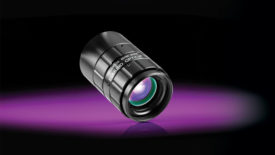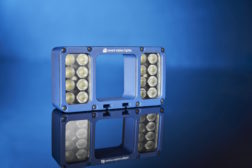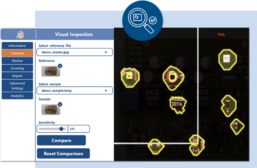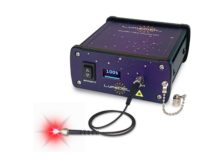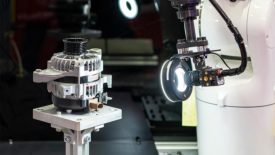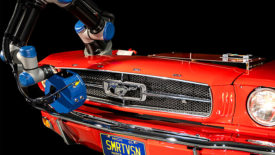Home » Keywords: » lighting
Items Tagged with 'lighting'
ARTICLES
Vision & Sensors | Lighting
I hope to shed a little light on why blue is a superior LED choice over red now.
Read More
Vision & Sensors | Lighting
Liquid Lenses and Cameras: Unmatched Control over Optical Parameters
Learn more about liquid lens technology.
December 28, 2023
Vision & Sensors | Lighting
The Power of SWIR Illumination and Imaging
SWIR illumination and imaging unlock powerful new ways of differentiating materials that look similar under visible light.
December 11, 2023
New Product
Smart Vision Lights JWL150-DO Lightgistics Machine Vision Light
November 8, 2023
New Product
Pleora AI Inspection, Checklist Capabilities for Vaira Manufacturing Platform
October 3, 2023
Vision & Sensors | LIghting
Machine Vision Lighting Powers Industrial Automation Advances
Learn how lighting can optimize multispectral imaging, collaborative robots, and deep leaning applications.
July 3, 2023
Vision & Sensors | Optics
Core Concepts of Machine Vision Lighting
Proper lighting design is essential to assure a successful machine vision project. Ignoring this is one of the most common causes of machine vision project failures.
January 13, 2023
Vision & Sensors | Lighting
Creative Illumination Techniques Enable Computational Imaging
Computational imaging can simplify certain problems that are difficult to solve with standard visual imaging.
January 2, 2023
Stay in the know with Quality’s comprehensive coverage of
the manufacturing and metrology industries.
eNewsletter | Website | eMagazine
JOIN TODAY!Copyright ©2024. All Rights Reserved BNP Media.
Design, CMS, Hosting & Web Development :: ePublishing


